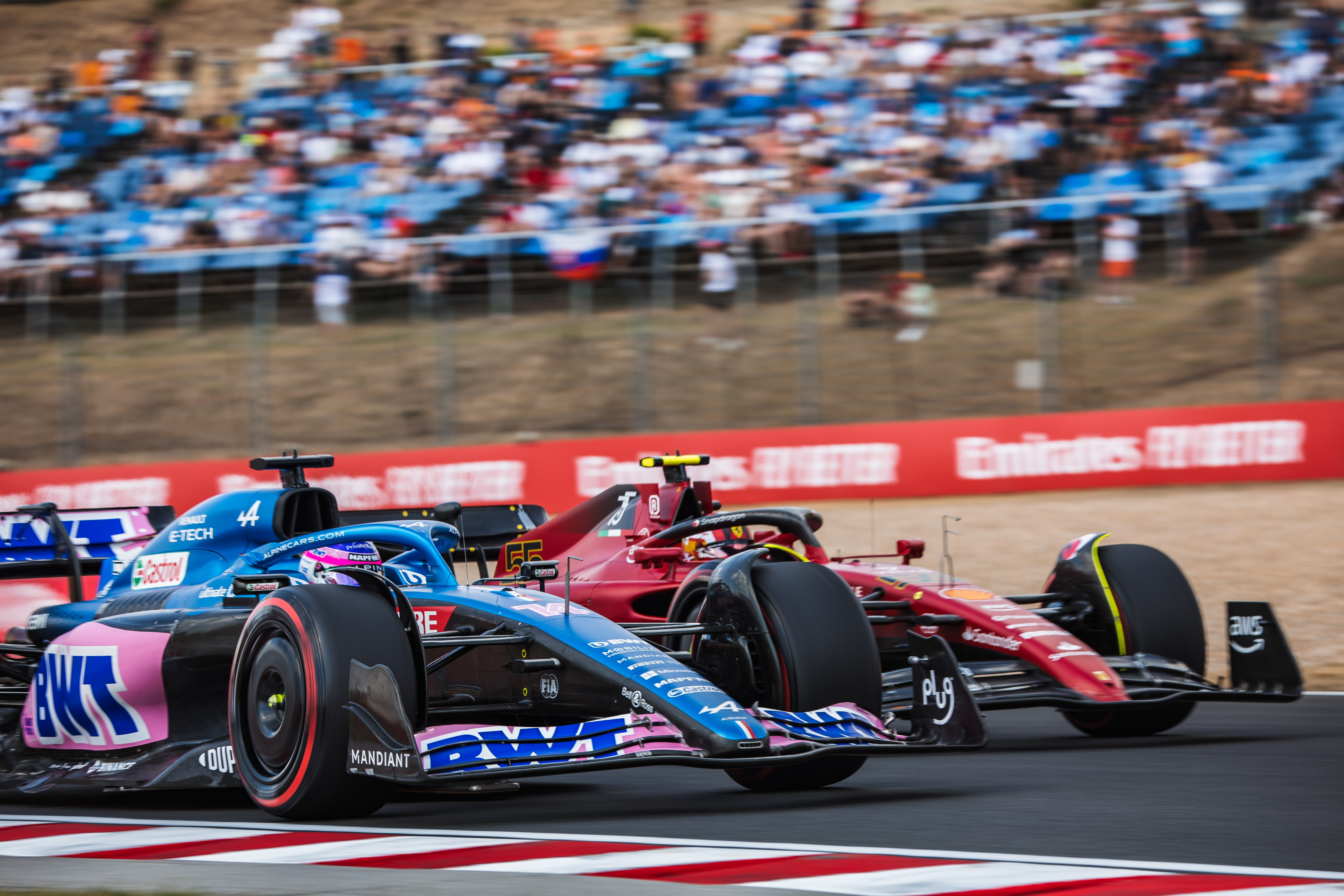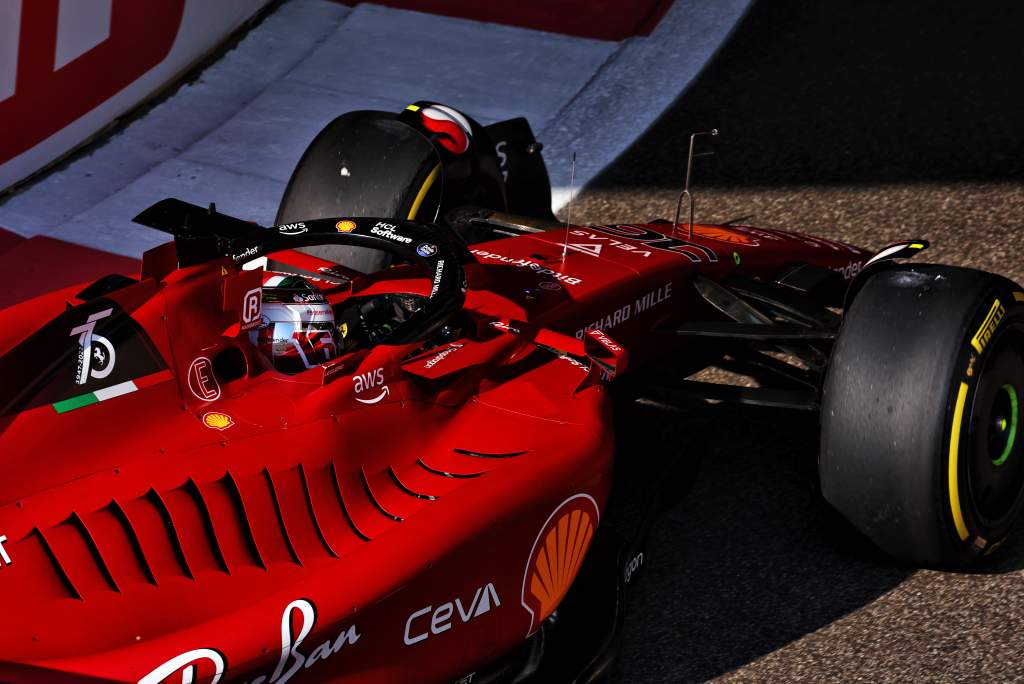Up Next

New Ferrari Formula 1 boss Frederic Vasseur insists that rumours of a 30bhp performance boost from the 2023 power unit are ‘a joke’ and that all power unit development during the off-season has been concentrated on fixing the reliability issue which blighted the team’s 2022 season.
This distinction between reliability and performance upgrades has always been set to be a particular bone of contention, from the time of the specification freeze last year.
This freeze was in two parts, with all combustion engine specs plus the ERS-H frozen pre-season and with the electrical elements (including the ERS-K) at the beginning of September. The intention of the regulation is that these specifications will be in place for the remainder of this power unit formula until the end of the 2025 season.
However, teams can make reliability changes providing they are approved by the FIA technical department which must be satisfied that the changes are, “for the sole purposes of reliability, safety, cost saving”. The complication is where the distinction lies between performance and reliability. All teams and power unit manufacturers are more than aware of how politically delicate that distinction is.

As Renault engine boss Bruno Famin recently pointed out: “Behind the reliability issue you often have a potential performance gain, of course. The limit is not exactly always super clear. If you have a water pump issue, as we had in 2022, it’s quite clear it’s a pure reliability issue, there is nothing to gain in having a better or different water pump. But if you need to change the material of the piston rings, OK, you will be able to have something stronger to have more performance. So where is the limit? It’s not obvious.”
In the case of Ferrari, the problem component last year was the ERS-H. After Charles Leclerc’s power unit failure in the Azerbaijan Grand Prix, Ferrari ran the ERS-H less aggressively which is believed to have cost a performance loss equivalent to around 0.2s of laptime.
This has been extrapolated to represent 30bhp but with a hybrid power unit, the laptime loss is not so linear as in the pre-hybrid days as the peak power reduction could be considerably less than that but still cost as much as 0.2s through a less effective electrical deployment in the mechanical ‘holes’ of the ICE’s torque curve.
If the reliability problem has been cured, in theory the Ferrari power unit should be restored to the level of performance it showed up to Baku last year when its low-down power delivery was clearly the best of the four power units.
The suggestion of a 30bhp increase has been rubbished by Vasseur. “The numbers, I don’t know where the numbers are coming from, but it’s just a joke,” he said.
But this is not as simple an issue as it may appear. Firstly, if the nominal difference of 0.2s has been derived from the torque delivery, he can be quite unambiguous in rubbishing the 30bhp claim. Secondly, he will be naturally reluctant to acknowledge any performance gain at all, given how sensitive that issue is under regulations seeking to freeze engine performance.
But there is a subtle but very important difference between gaining performance per se and gaining performance from the reliability-lowered level post-Baku. If the reliability upgrades are merely restoring performance to pre-Baku 2022 levels, does that count as increased performance? Clearly, the FIA technical department has been satisfied with Ferrari’s interpretation.

Both Ferrari and Alpine were very open that their 2022 power units represented aggressive performance steps in the full knowledge that any reliability shortfalls could be addressed in future but performance shortfalls could not.
Vasseur says that the early indications from dyno testing suggest the reliability problem has been brought under control.
“So far it looks OK,” he says, “but the reality of the track is a different aspect.
“A couple of issues the teams – not just Ferrari – were seeing was coming from track issues, bouncing vibration and we’ll have a much better picture in testing in Bahrain.”





